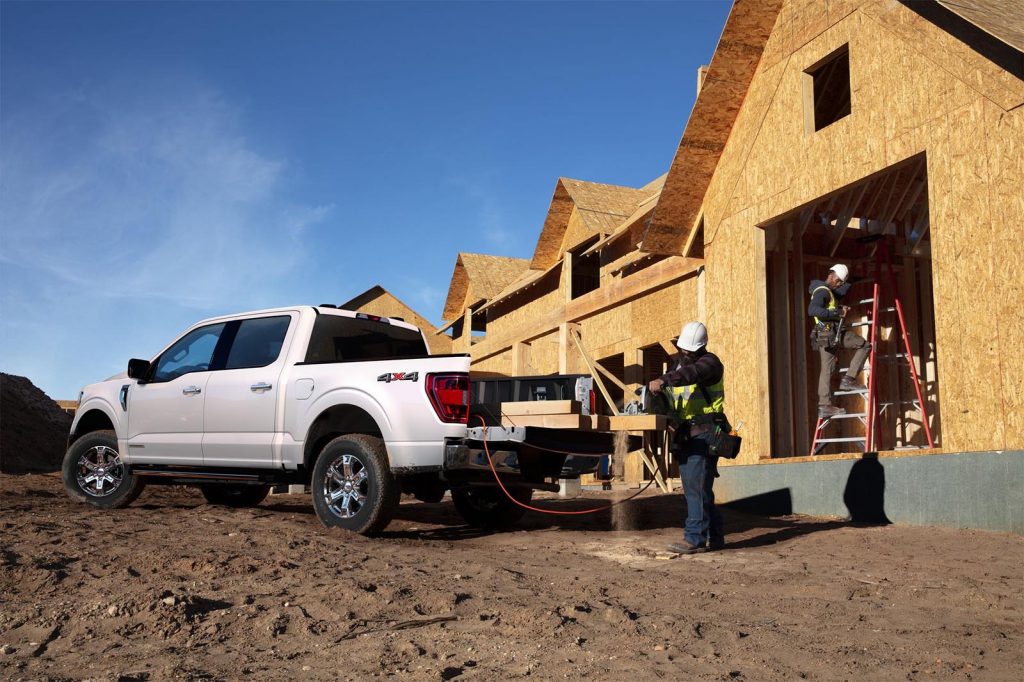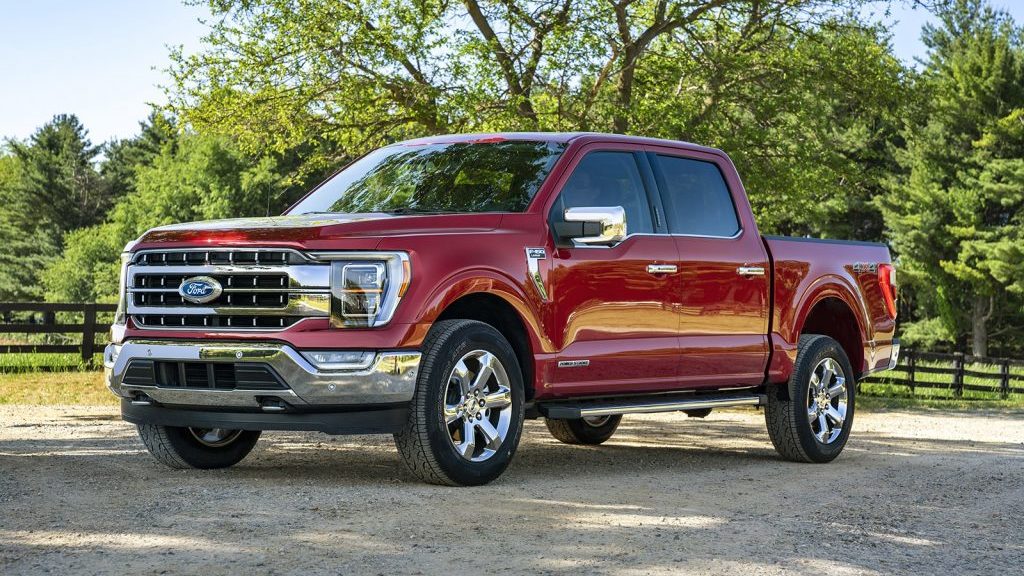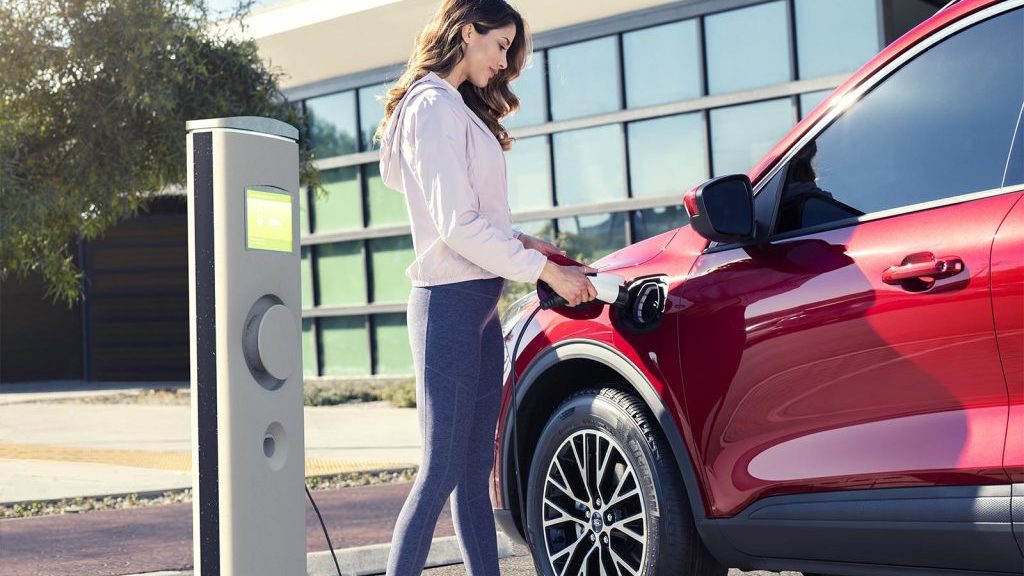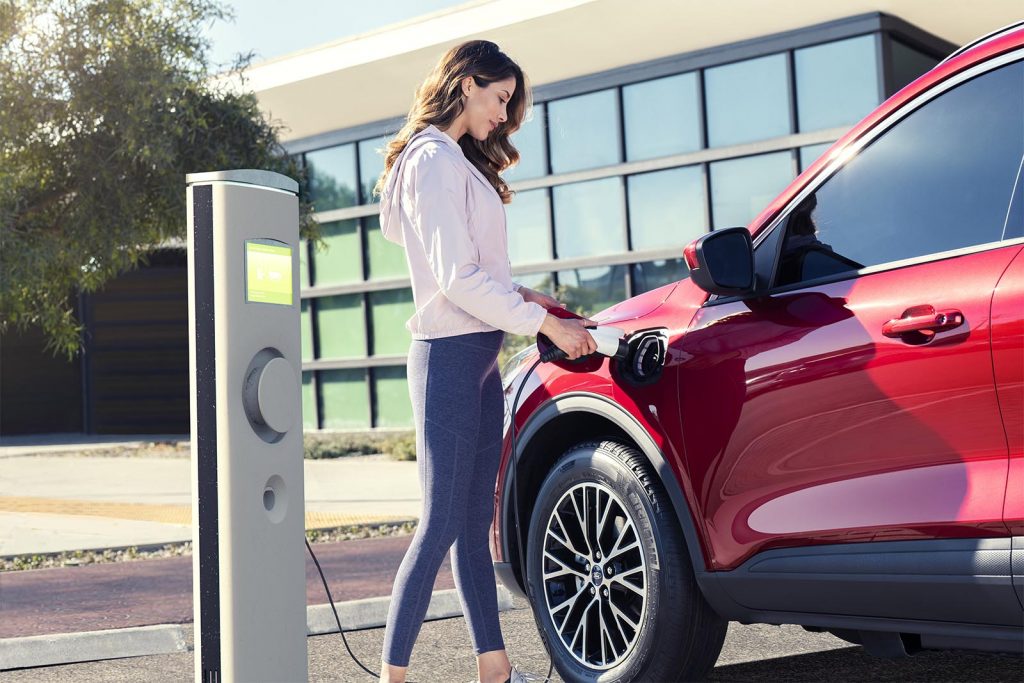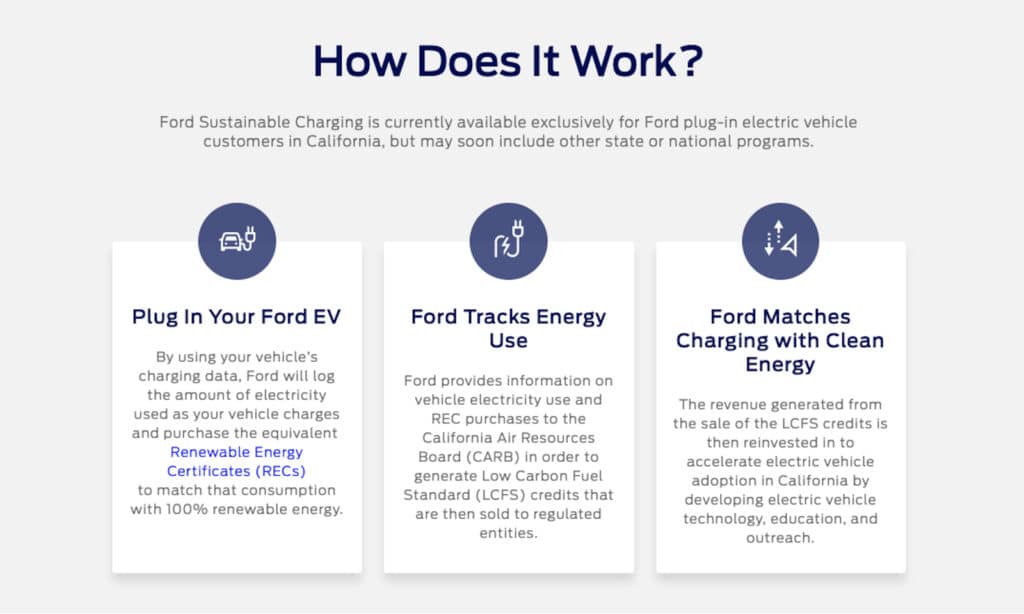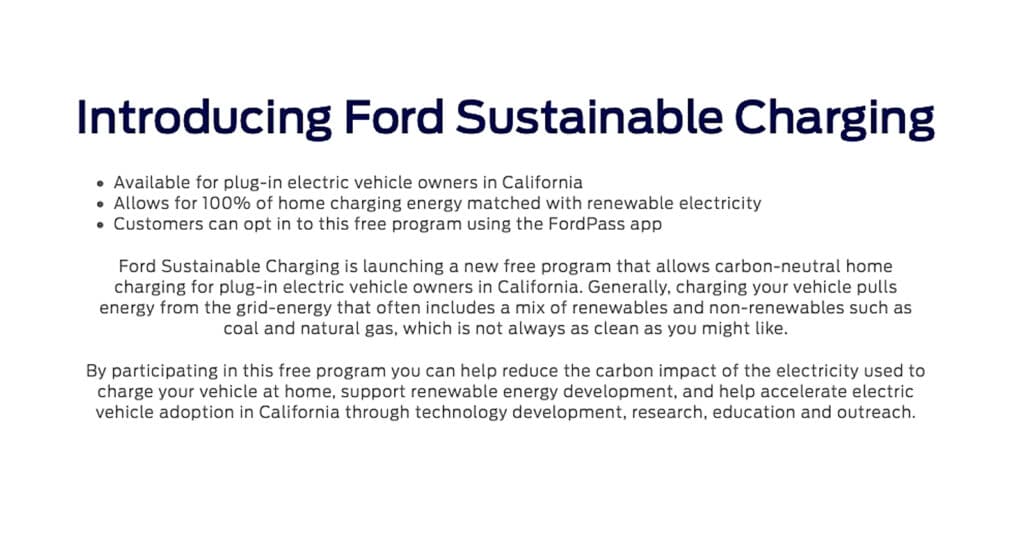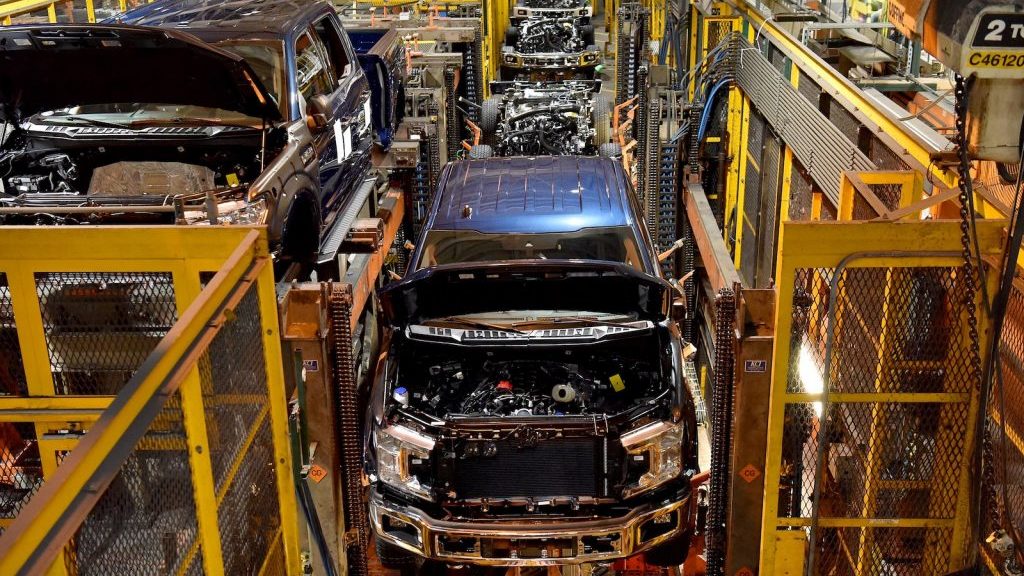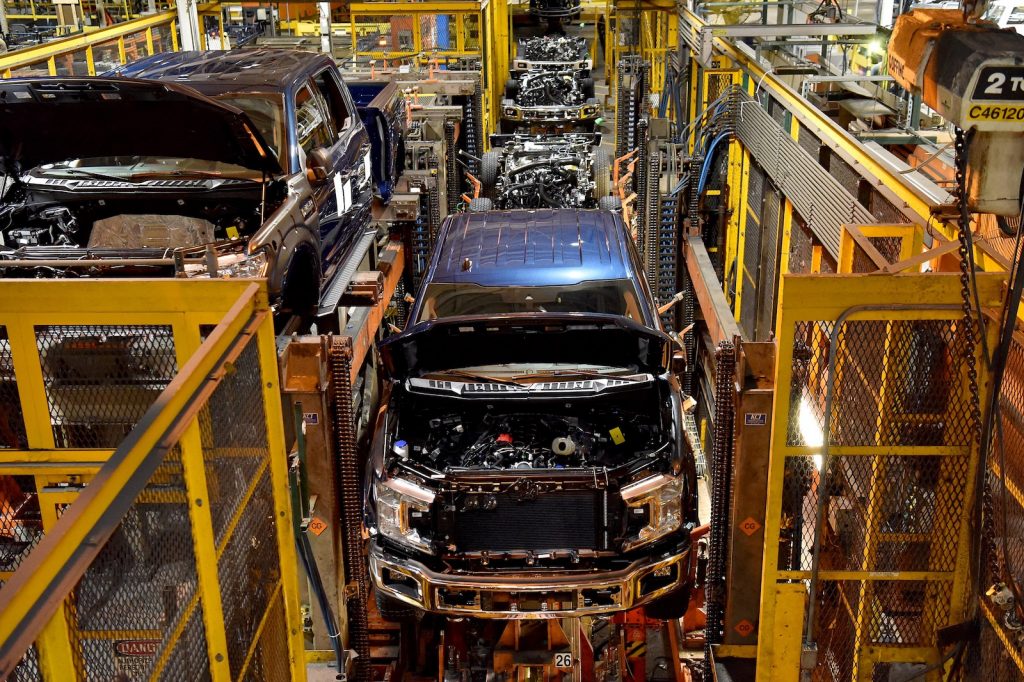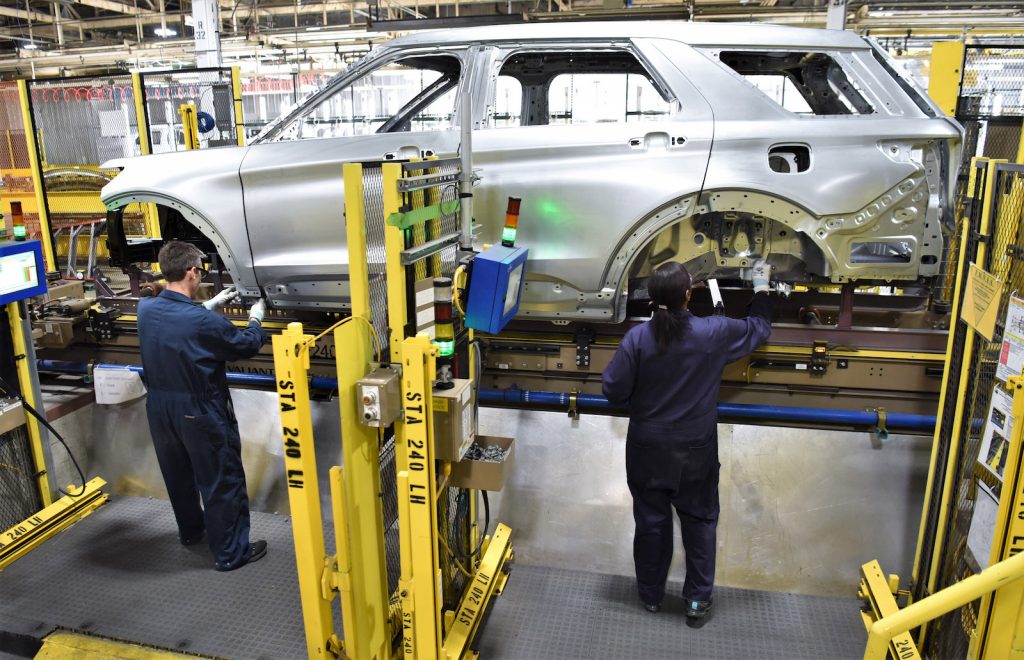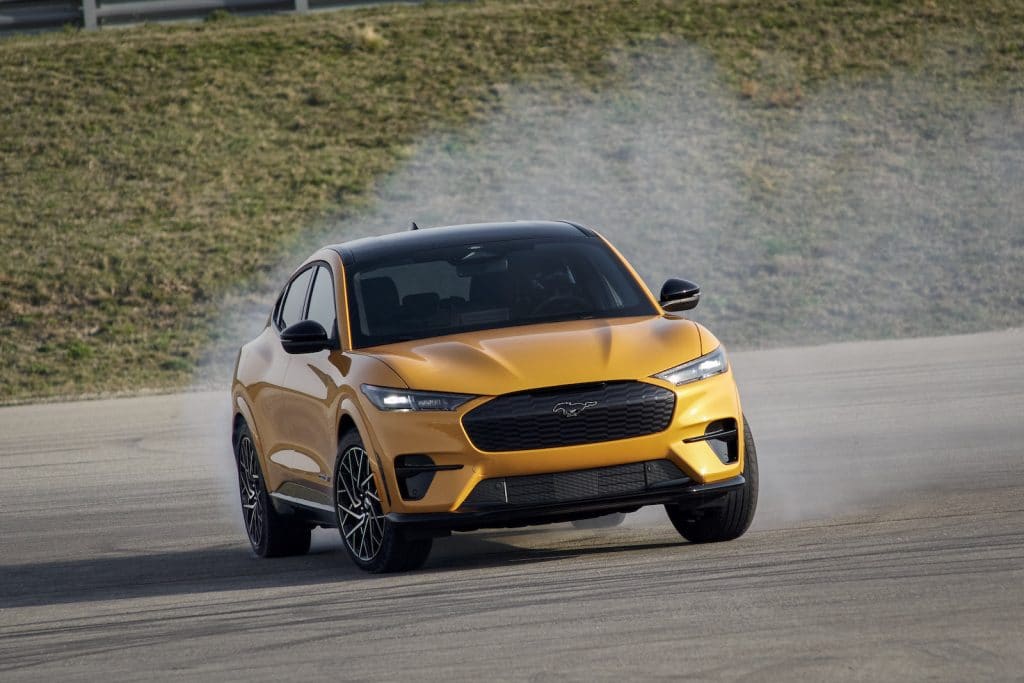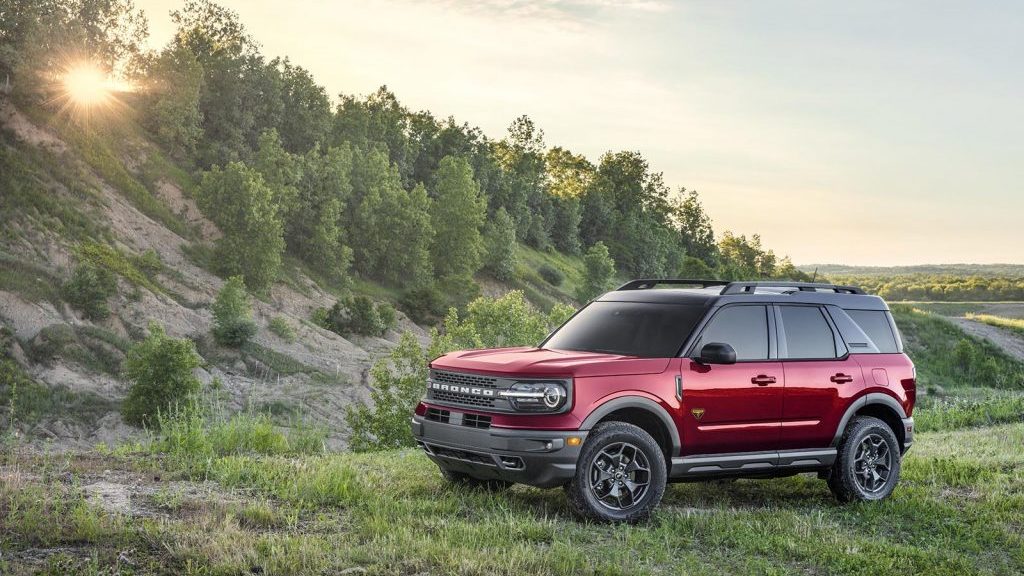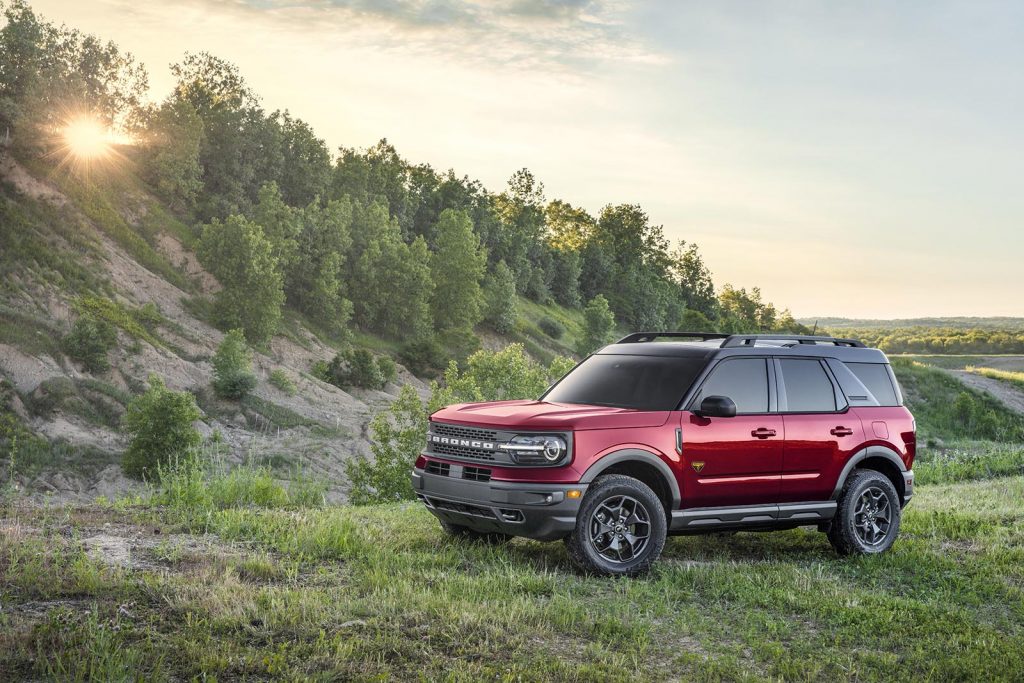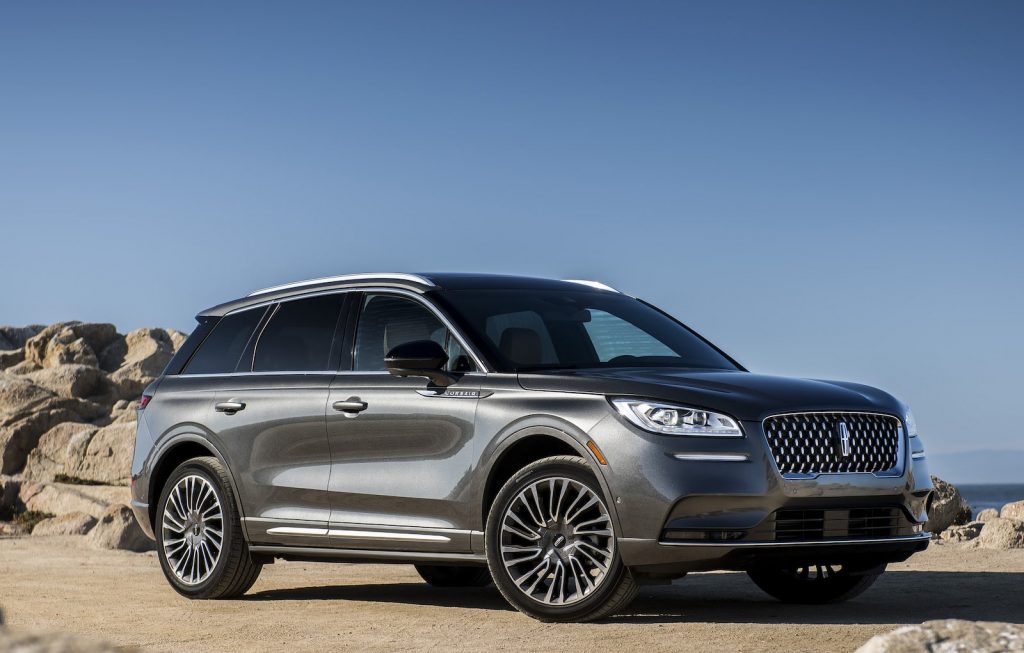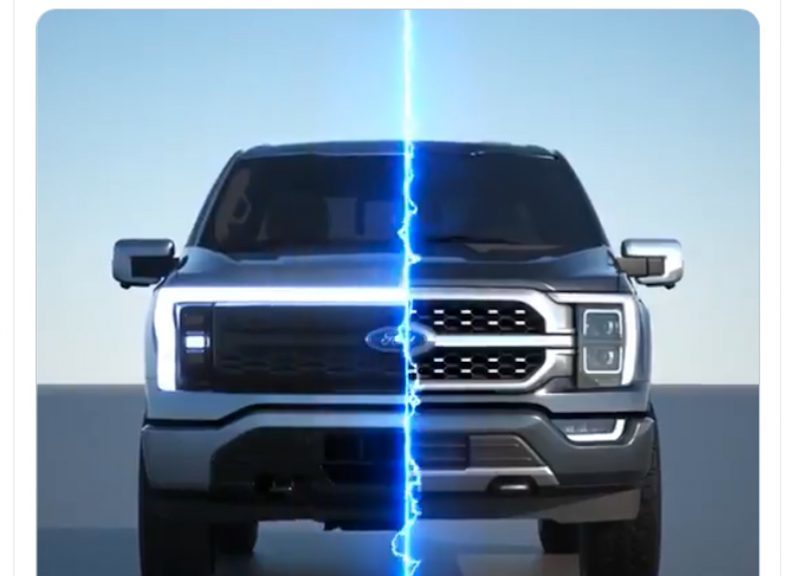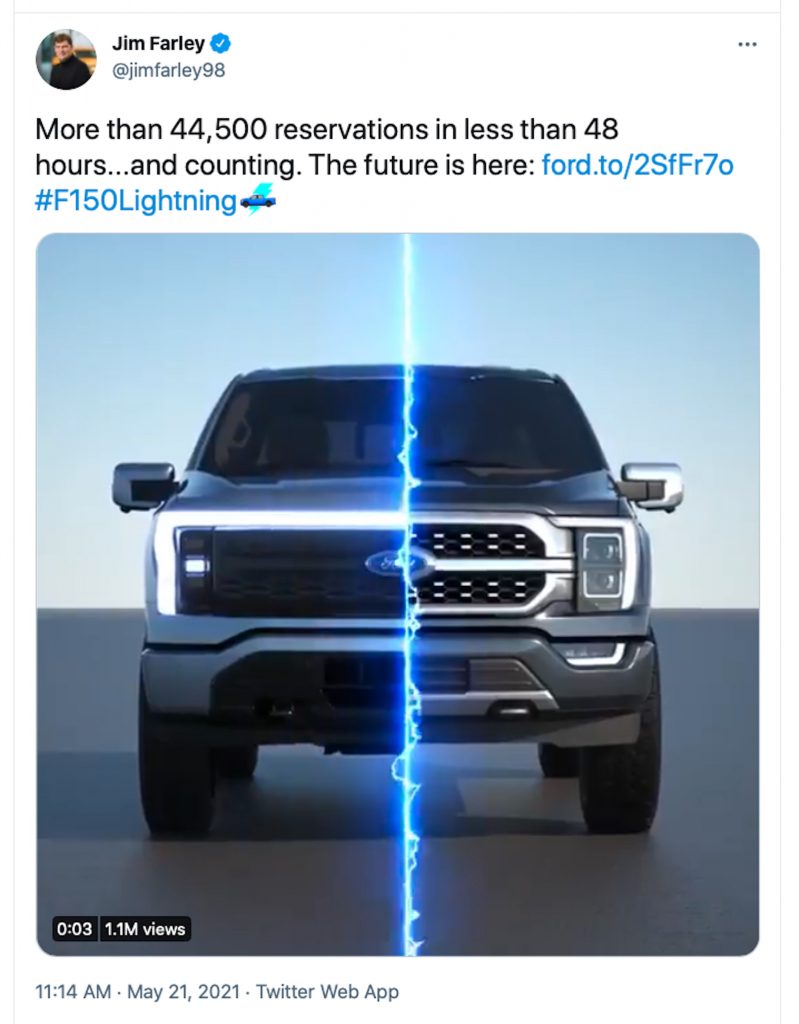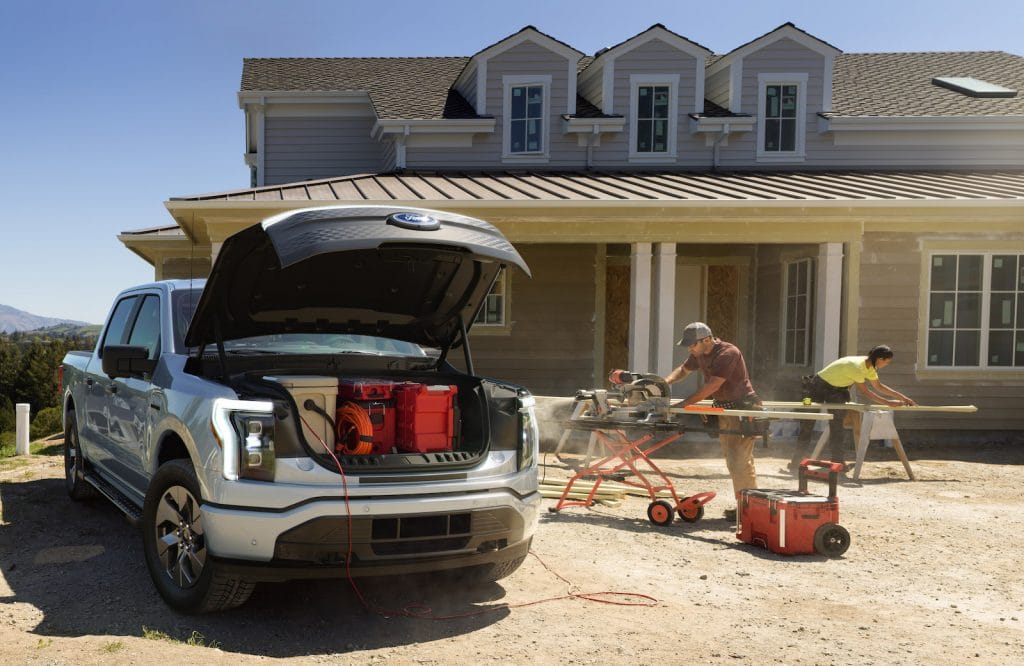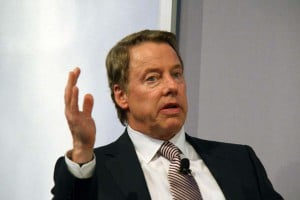
Ford is looking to continue its role in fighting the coronavirus pandemic with a new slate of ads promoting responsible behaviors.
Ford Motor Co. hopes to impact a massive number of Americans with an unusual public service campaign launching New Year’s Day aimed at convincing Americans to ignore politics and focus on science to help save tens of thousands of lives at risk due to the coronavirus pandemic.
The automaker plans to air a 30-second spot at least 20 times during the upcoming college bowl and NFL games kicking off 2021 using ad space it originally bought to pitch its latest-generation F-150 pickup. Produced by Peter Berg, a Hollywood director known for films like Patriots Day, and narrated by popular actor Bryan Cranston, the spot emphasizes the need to wear masks and keep socially distanced.
The goal is to take politics out of the discussion, said Jim Baumbick, the Ford vice president who helped oversee the automaker’s production of masks, face shields and ventilators used to deal with the pandemic. “The underlying premise is that we’re not helpless,” he explained during a web conversation. “The outcome is not predetermined. There are things you can do to save lives.”
(Ford pushes on to goal of producing 100 million masks.)

The ads will run starting on New Year’s Day during college and NFL football games.
By the time the ball falls in New York’s Times Square, officially marking the end of pandemic-plagued 2020, more than 340,000 Americans will be dead due to the virus – with the daily death toll now higher than the number of citizens killed at both Pearl Harbor and on 9/11, Bombeck said during a webinar previewing the new campaign.
And, with the latest wave of the pandemic setting new records almost every day, as many as 50,000 to 60,000 more people could die before the new COVID-19 vaccines bring things under control, warned Ford communications chief Mark Truby, quoting a new study by the University of Washington.
The irony, Ford officials said, is that a significant number of lives could be saved by “working together,” taking such simple steps as wearing masks, maintaining social distance and following other recommended actions. But the pandemic has become a touchpoint in the American political divide, many Americans downplaying its dangers and refusing to do things like wearing masks that have been recommended by public health officials.
Ford decided to use its resources to get the message out, said Truby, noting, “We feel we have a credible voice to convey this message because we are a trusted company and have put our money where our mouth is” with the production of personal protection equipment.
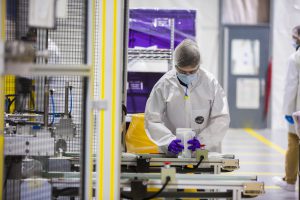
Ford employees have produced 55 million face masks with a target of 100 million.
Like its crosstown rivals, Ford got involved in pandemic control and treatment efforts early on. It has so far produced 55 million face masks – with a target of reaching 100 million – and millions more face shields and medical gowns. It also has produced equipment for hospitals, including 32,000 respirators.
(Ford, GM prepped to build ventilators, other essential medical gear.)
Ford had already purchased a large block of ads during the Rose Bowl and other college bowl games, as well as the weekend’s NFL series. They were meant to provide a launching pad for the 2021 F-150 pickup, Ford’s best-selling product line, as well as its most profitable.
The decision to shift 20 of those spots to air the pandemic campaign came about during the current holiday break, two of Ford’s ad agencies, as well as both director Berg and actor Cranston, hustling to have a finished version ready ahead of New Year’s Eve.
This marks the second collaboration between Berg and Ford. He directed a short documentary about Ford’s Project Apollo titled “On the Line,” which appeared on YouTube during the Labor Day Weekend. Project Apollo was the internal code name for the company’s effort to design and manufacture personal protective equipment, including powered air-purifying respirators, face shields, medical gowns for health care workers and first responders, plus ventilators for COVID-19 patients.

Ford’s Finish Strong ad campaign marks its second collaboration with award-winning director Peter Berg.
Berg’s documentary features members of Ford’s Project Apollo team – from the engineers who led the project to the UAW team members who volunteered to work at the height of the pandemic.
Previewed on Wednesday for a handful of journalists, the 30-second version of “Finish Strong” combines two basic themes: the desire to get back to “normal” life — and the risks the pandemic poses to individuals. One of the real Americans highlighted in the spot was shown being wheeled out of the hospital after surviving 20 days on a ventilator.
Ford plans to run the broadcast version from Jan. 1–3, though that may be extended onto regular network programming, said Truby, noting that the project also will rely on 6-, 10- and 60-second videos to sweep across social media.
(Ford getting ready for the post-pandemic chapter.)
Ford officials wouldn’t reveal the exact cost of the campaign, noting only that between production and air time, as well as social media fees, the price will run into the “millions.” But the goal is to maximize exposure, to “reach a high number of millions … a huge” number of Americans, said Truby.

